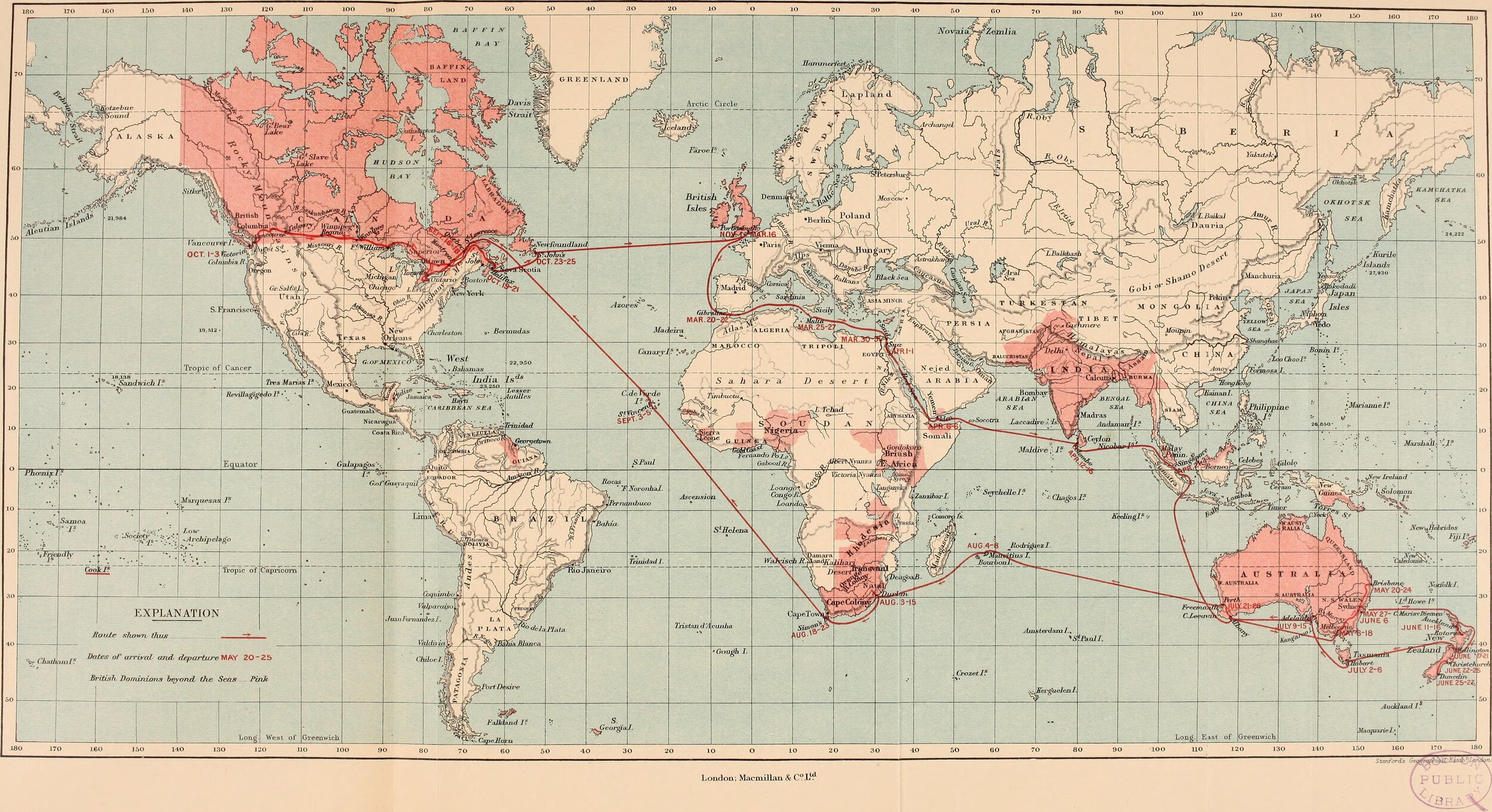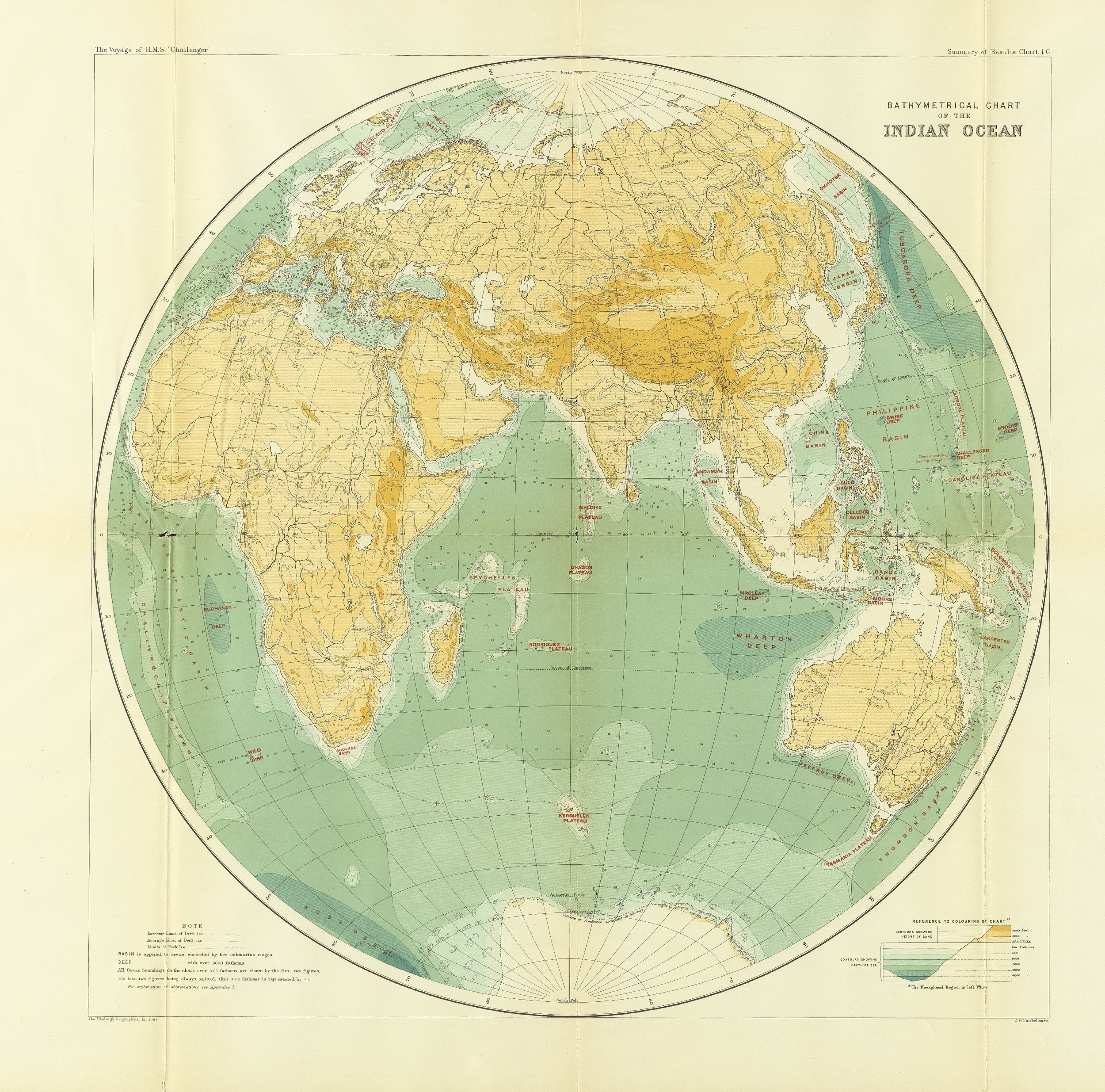
Part 5:
1945 to 2020: The Big Picture
#94 America, China, and the Struggle for Global Hegemony: Can the World Survive?
The peoples of Western Europe had risen from one world of relative poverty and had learnt how to take the wealth from the Americas and transfer it to their own countries. This was slavery and latterly until 1920, indentureship. A whole set up of banks, shipping companies, and insurance companies had arisen to make these transfers possible. From the 1750s the European invaders turned their attention to Asia and systematically began the colonisation process anew. At the same time, as they attempted to colonise and extract the wealth of Asia, the colonising countries began the process we now recognise as industrialisation alongside the rapid growth of cities. The surplus resources extracted through colonisation were used to finance the growth of new industries.
#85 China and the rest of the World
Chinese foreign policy in the period from 1949 to 2000 was largely defensive and determined to maintain the revolution. Only after the Chinese treasury was replete with US dollars, and after they began to accommodate American and other western global companies, could they begin to develop a global policy. This was part of the story; the other vital aspect was the lesson they learned from the Soviet collapse in 1991.
#84 Chinese Economic Growth after Mao: Part 2
China created coherent development strategies from 1949 onward. She opened her economy to the rest of the capitalist world after the end of the 1970s – a point in history when the capitalist world was beginning to develop its own 'neo-liberal' system of globalisation . This was just at the time when the West created the conditions for the free movement of capital. Neo-liberal policies were consciously intended to allow Western corporations to move their factories to where labour was cheap. At the same moment in history, China was opening her doors to receive Western companies who wished to use the cheap labour of China, spare resources, and industrialisation: the build-up of spare capacity.
#83 China’s Economic Growth After Mao: Part 1
The issue that has undermined western Chinese analysis is Mao. During Mao's period, China was a closed society, relatively speaking. Mao struggled with the central issue of the Communist Party: how to create an industrial revolution, without becoming dependent on western economies. The period of his rule was turbulent. Western assumptions that there was a lack of growth during Mao’s time have been shown to be false. In fact, between 1970 and 1979, China’s GDP growth rate was 6.8% per annum. That statistic implies a continuous growth rate every year in fact for 70 years. If we examine capital accumulation, i.e., the growth rates of productive capital stock, capital equipment, machinery, tools, industrial buildings, excluding residential buildings and the value of land, there was an annual growth rate of 10.3% from 1952 to 2015.
#82 China’s Economic Transformation and Mao Zedong
Mao knew about the English agricultural revolution in the 16th and 17th centuries, and he knew about the industrial revolution in the 18th century too. He was aware of the need to transform China.
Mao’s heritage has caused huge debate and disagreement, particularly across Western intelligentsia. Mao made serious mistakes at the end of his life. By the 1960s, he was in a hurry. He also wished to show the Soviet Union that China was independent of their advice.
Mao created the Hundred Flowers Campaign; the Great leap Forward; and the Peoples Commune. All these vast initiatives came under the rubric of the Cultural Revolution.
#81 China’s Crises Years 1900-1949
During the century, the regime had had to deal with the risings of its own peoples: the Boxer Insurrection or the Yihetuan Movement was an anti-foreign, anti-colonial, and anti-Christian uprising in China between 1899 and 1901. She had had to be helped by the British in putting down the Boxer Insurrection. All the old colonial regimes took their turn at invasion. All the new up and coming colonial regimes, the USA, Japan, Italy, and Germany all invaded China during the 19th century. By the end of the century, the Empress’s silver reserves were empty, and she retreated with her entourage into inner China for safety.
#80 China's Long History
It is important to understand that China has a long-written history of economic and political development. Unlike the USA, France or Britain, China has a very long history of administering the huge landmass which makes up China today.
Chinese politicians in the 21st century have been able to draw on the wisdom from ancient antiquity. Records of developments in China were written down. In the 13th century, Marco Polo, a traveller, a nobleman and trader from Venice, described a city of a million people. We know from a large cache of historical records, that traders had been moving and writing to each other for at least 1000 years. These written records were first discovered in the 20th century. They were found in a repository in a Jewish synagogue in Egypt in the early 20th century, having survived so well due to the dry air of the region.
#79 The Growth and Growth of China
China has had a centralised society governed over millennia by various dynasties of Emperors. Over the past 500 years, centralised empires in the Americas, Africa, Asia and Europe were destroyed by the marauding powers of Western colonialism. China as a centralised power survived; she reinvented herself. China had developed herself over an extraordinarily long period. Empires like the Ottomans, Russia, or the now-forgotten Holy Roman Empire, lasted for some hundreds of years; but the Chinese empire has lasted over thousands of years.
Chinese development presents to Western audiences one of the major enigmas of this moment of history. On the one hand, we have China’s remarkable growth over the last 50 years, with her ability to enrich almost her entire population. On the other hand, is the struggle for world power with the USA, which is forced on China whether she wishes it or not.







